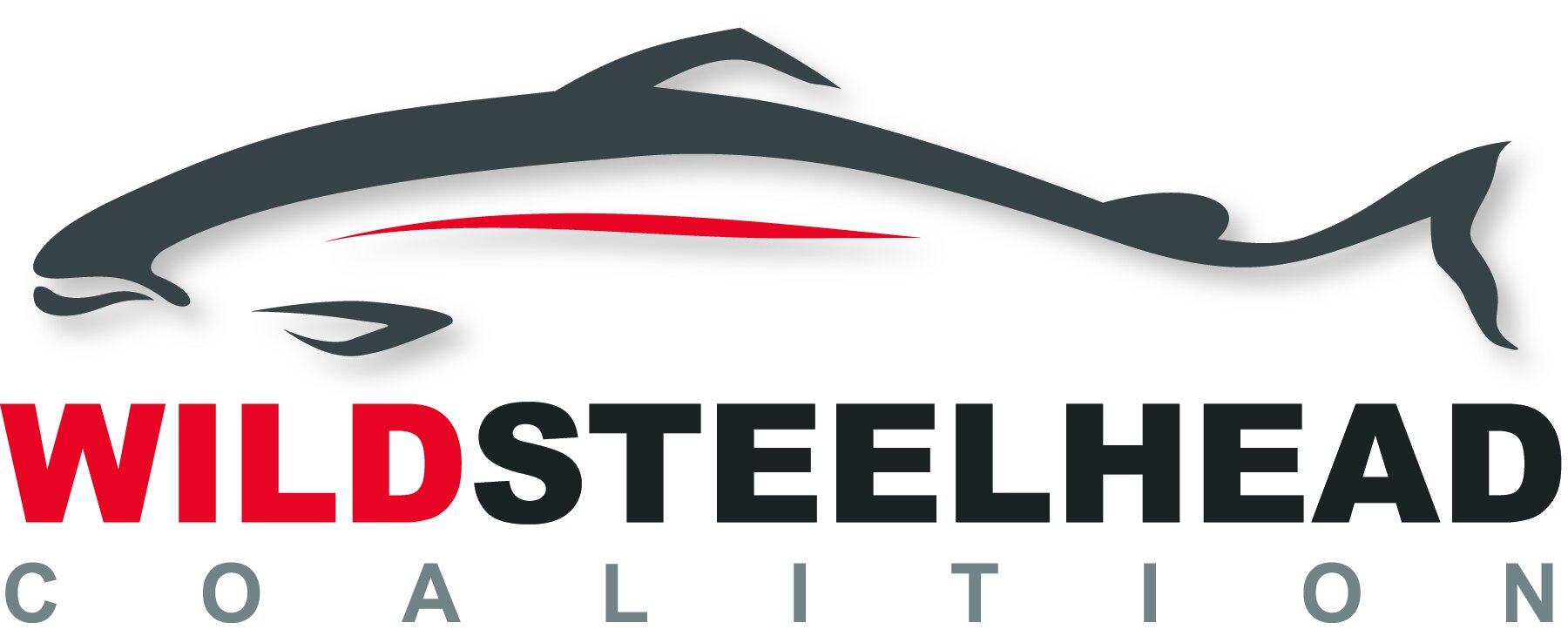We must remove dams and barriers and reconnect the thousands and thousands of miles of habitat blocked behind dams. The four Lower Snake River Dams need to be breached immediately. We must reconnect rivers to their floodplains, get logjams and wood back into our streams and rivers, and protect and restore riparian zones from the headwaters to the estuaries.
Wherever reckless logging, land development, or new dams threaten the habitat that does remain, anglers must be pounding on desks to demand responsible protections. Overallocated irrigation withdrawals and water pollution from agriculture and urban areas have been allowed to continue for far too long and should be reined in. Steelheaders should be at the forefront of efforts to protect cold water supplies and provide fish sanctuary in crucial refuges.
We must protect more rivers where wild steelhead are free from the impacts and genetic damage caused by hatchery fish. Interbreeding with domesticated hatchery stocks degrades the inherent diversity of wild fish populations and diminishes survival and viability. Wherever these programs remain for political reasons, expanded efforts to monitor and limit their negative impacts must be required, especially whenever hatchery stocks are dumped on top of populations protected by the Endangered Species Act. Hatchery fish should always be marked and retention should be required to prevent them from spawning with wild fish. Resources spent maintaining expensive, stumbling hatchery programs would be better invested in habitat restoration, game wardens, selective commercial fisheries, and programs to monitor fish populations. Open-water fish farming and the excessive stocking of pink and chum salmon into the Pacific to support commercial fisheries must end.
When runs are low, it must be anglers who lead the charge for cautious, low-impact wild steelhead fisheries and even closures when they are necessary. A steelheader’s first priority must always be how many fish reach the spawning gravel, not how many we catch in the short-term. We must protect resident rainbow trout because they are a critical safeguard for a watershed’s unique genetic lineage. Likewise, to protect juvenile steelhead, it must be steelheaders who demand aggressive measures to remove invasive predatory fish species, like walleye, smallmouth bass, crappies, striped bass, and channel catfish, from wild steelhead rivers where they do not belong. Commercial fisheries should be required to account for wild steelhead bycatch and all mixed-stock commercial fisheries should be utilizing selective gear instead of indiscriminate methods whenever wild steelhead, or other endangered runs, are present.

















